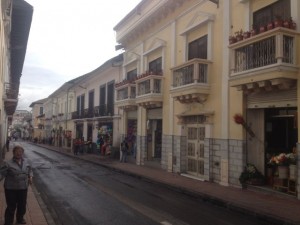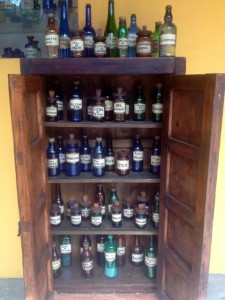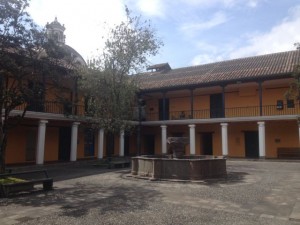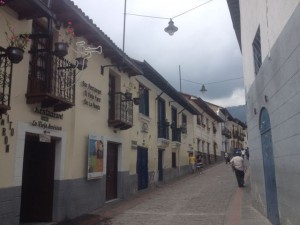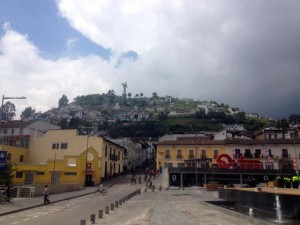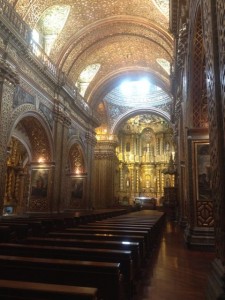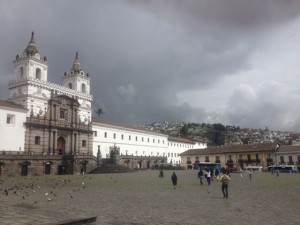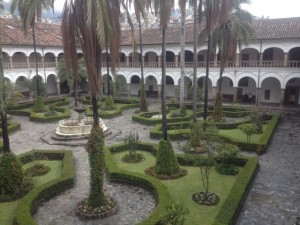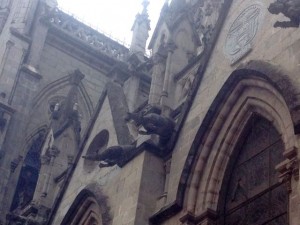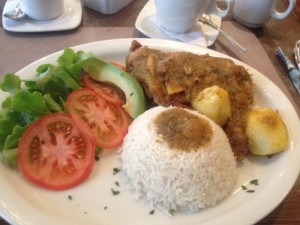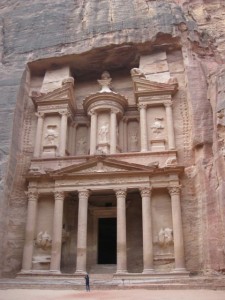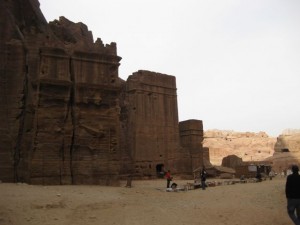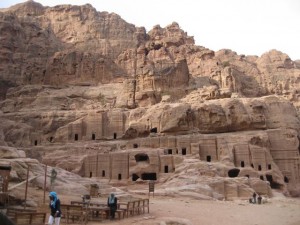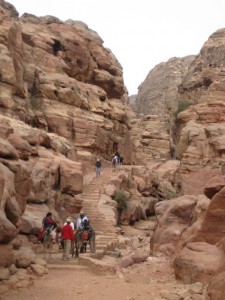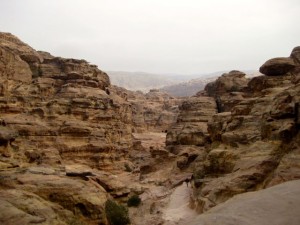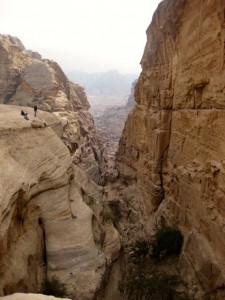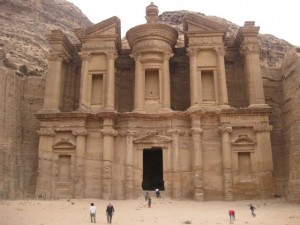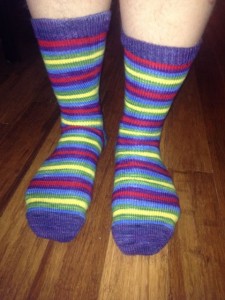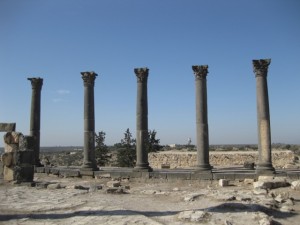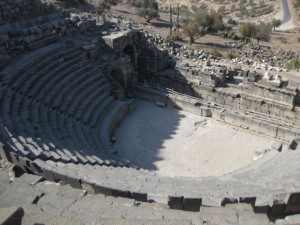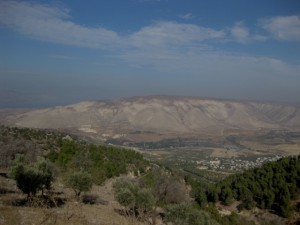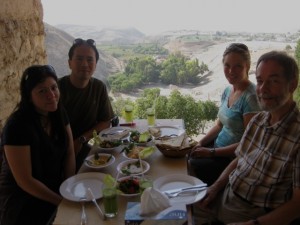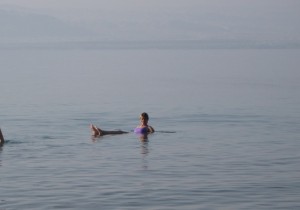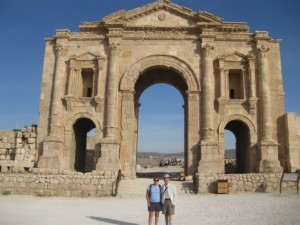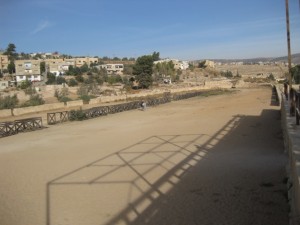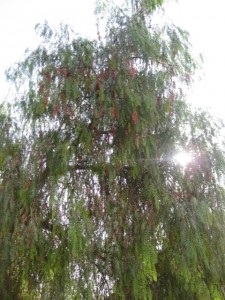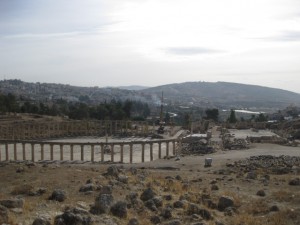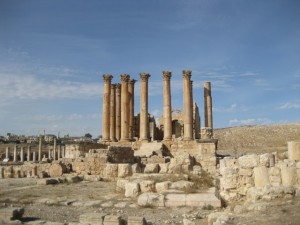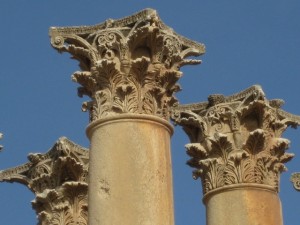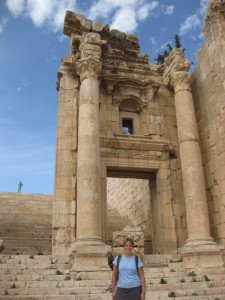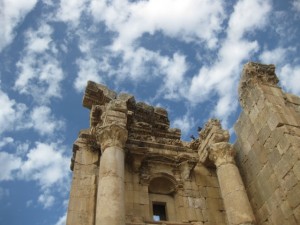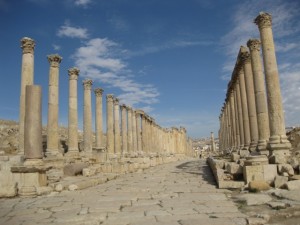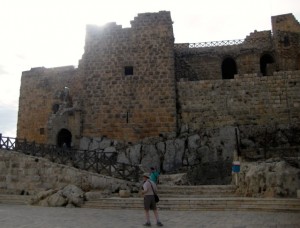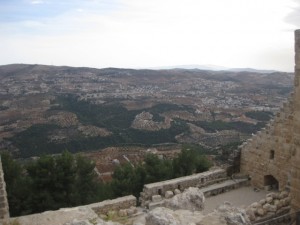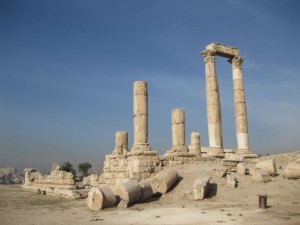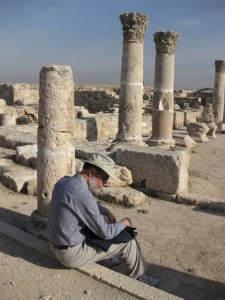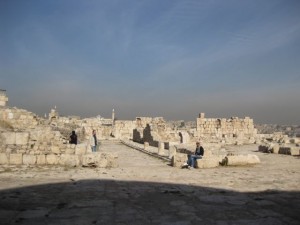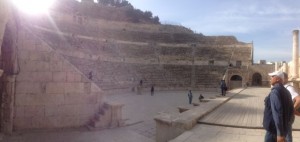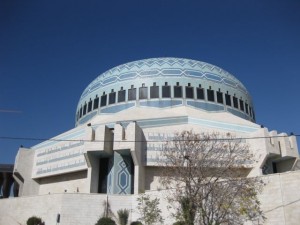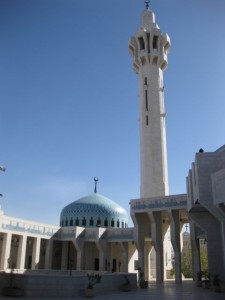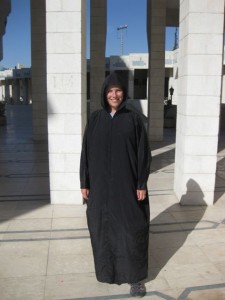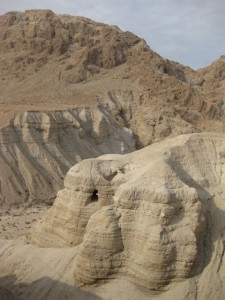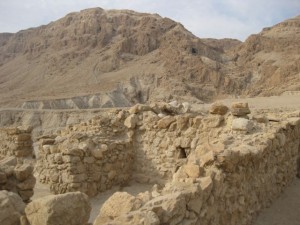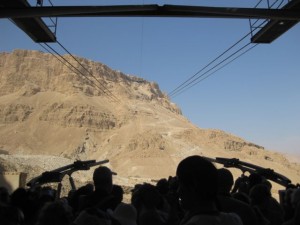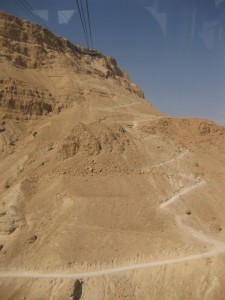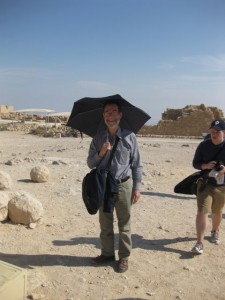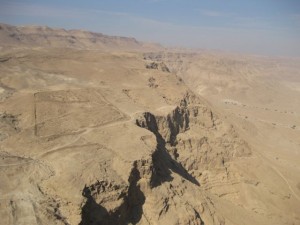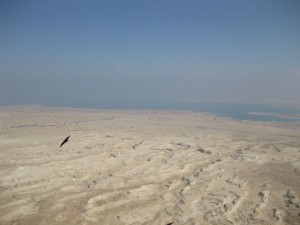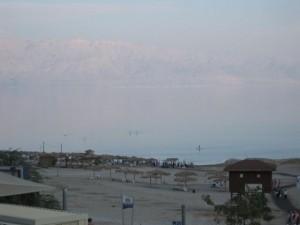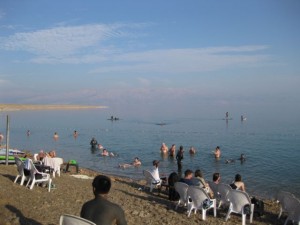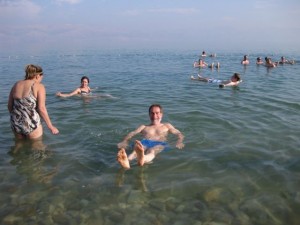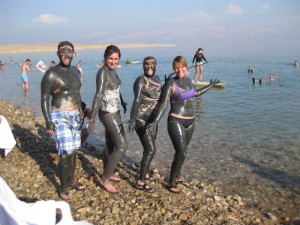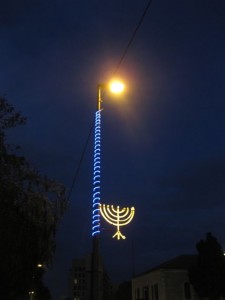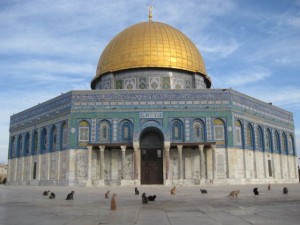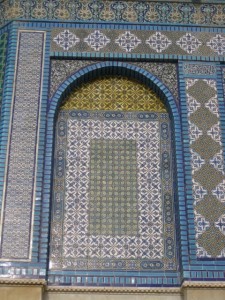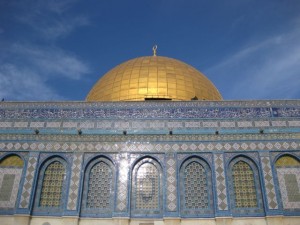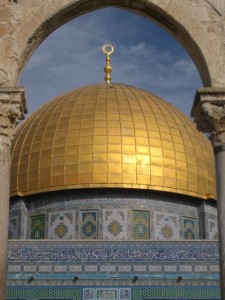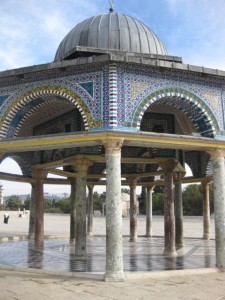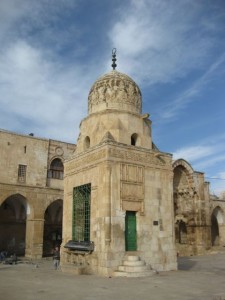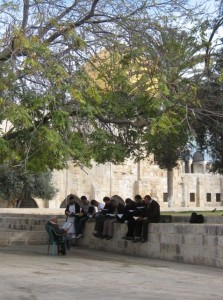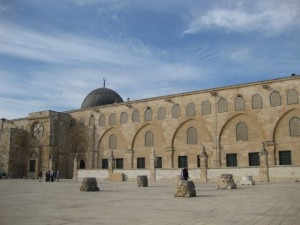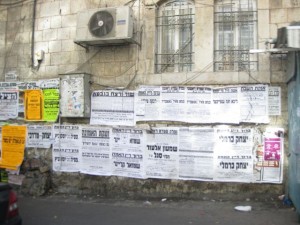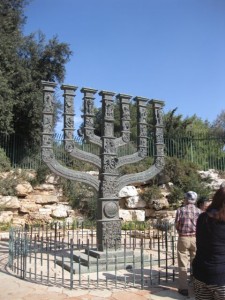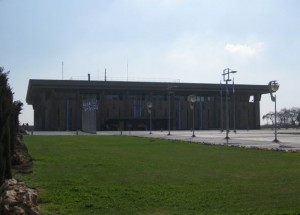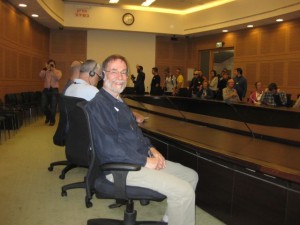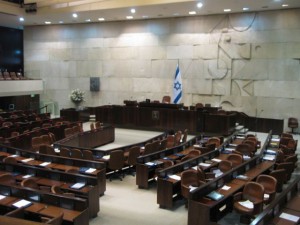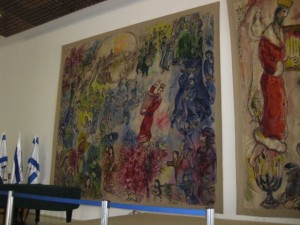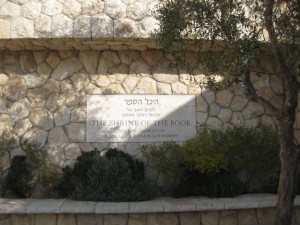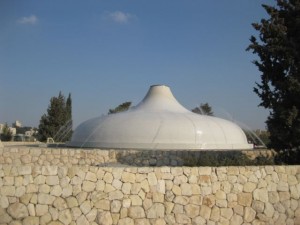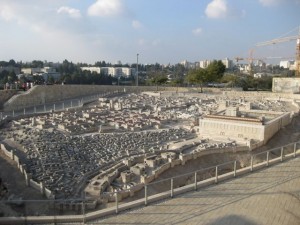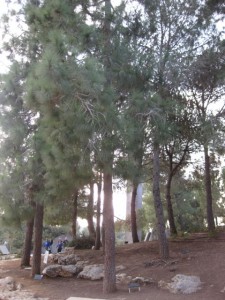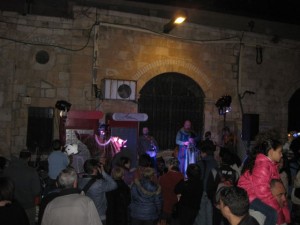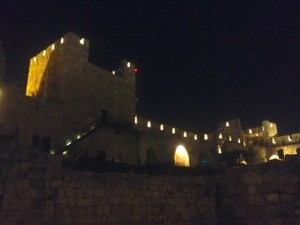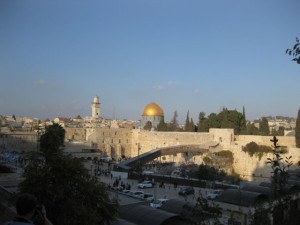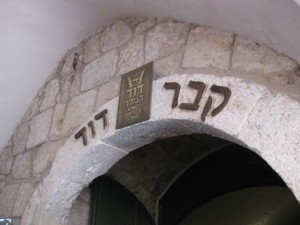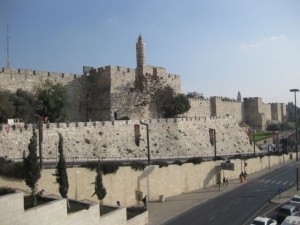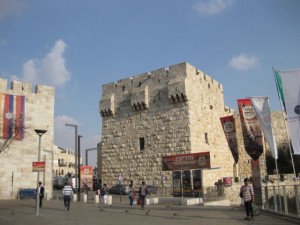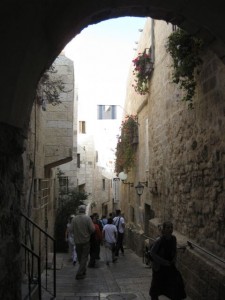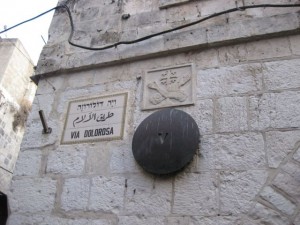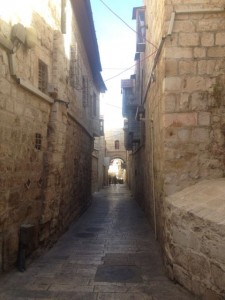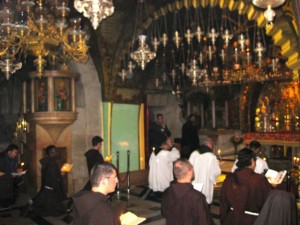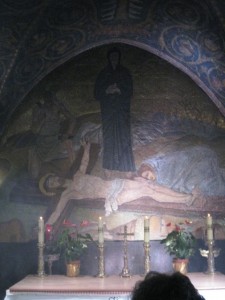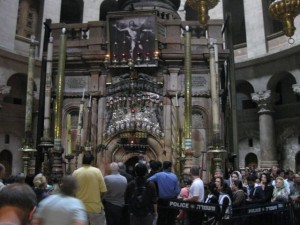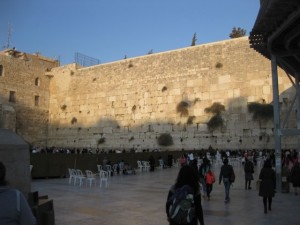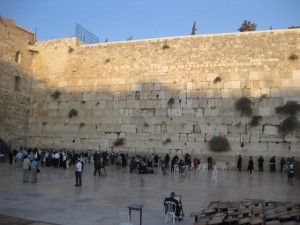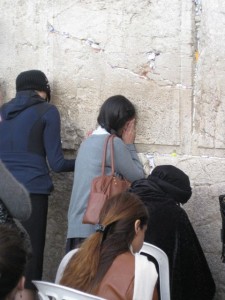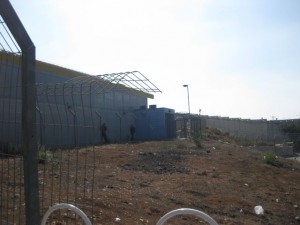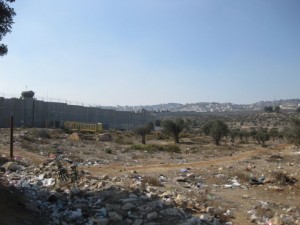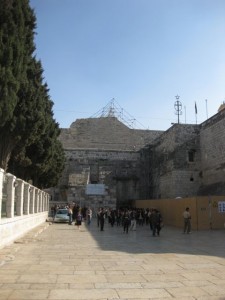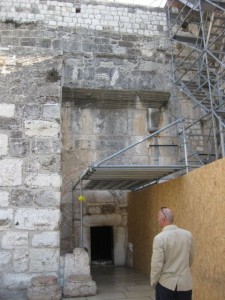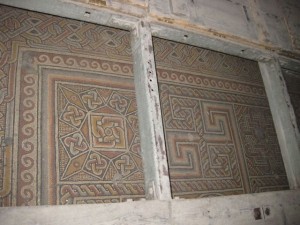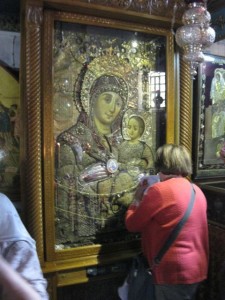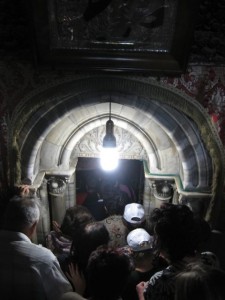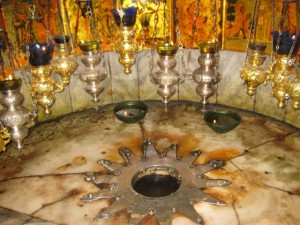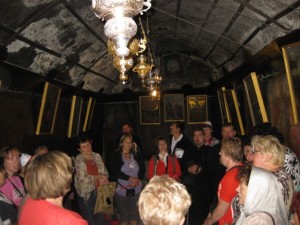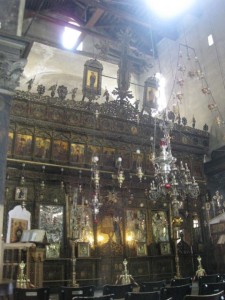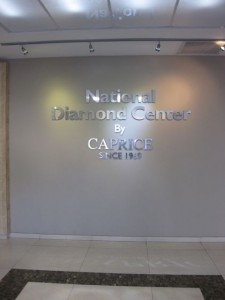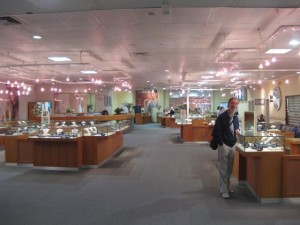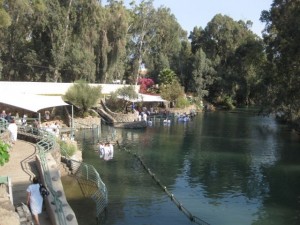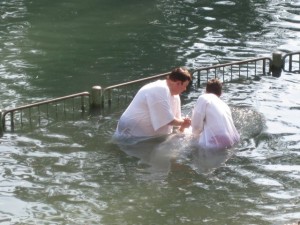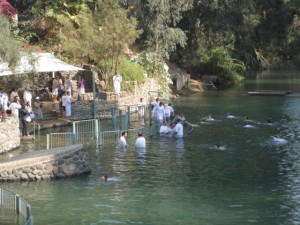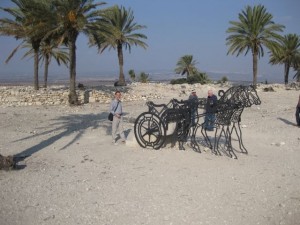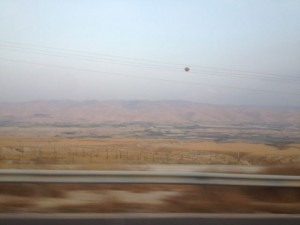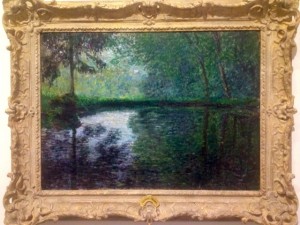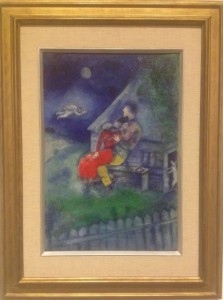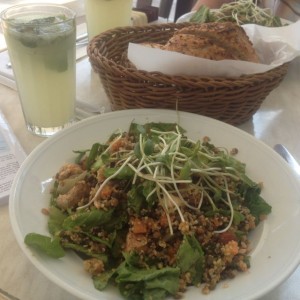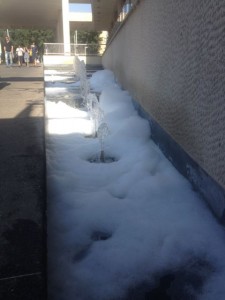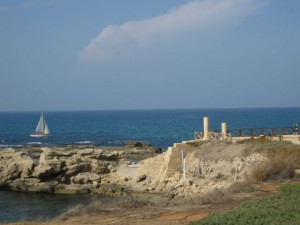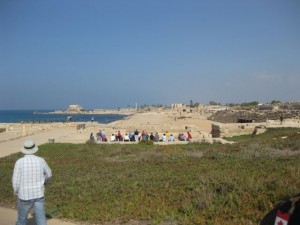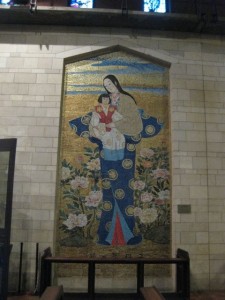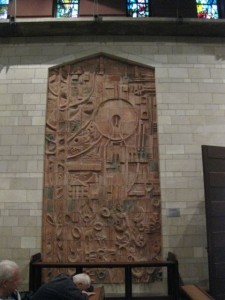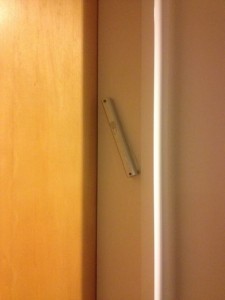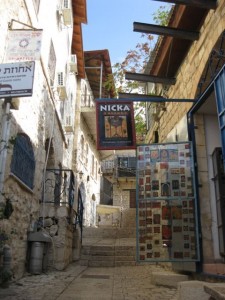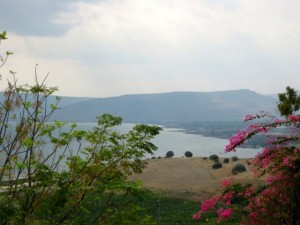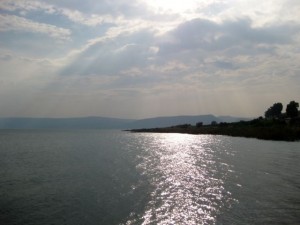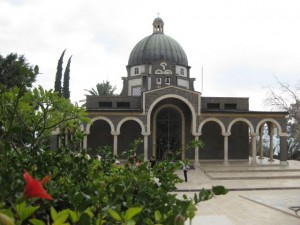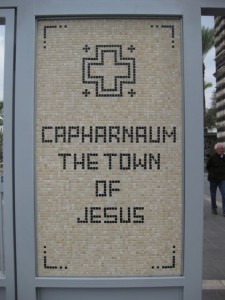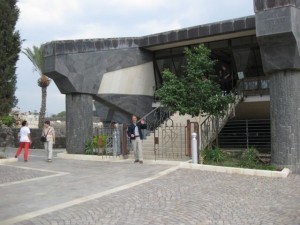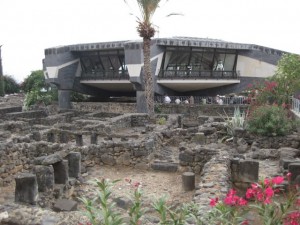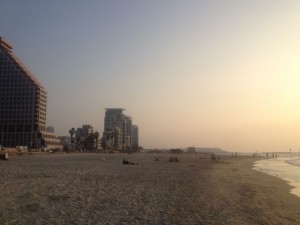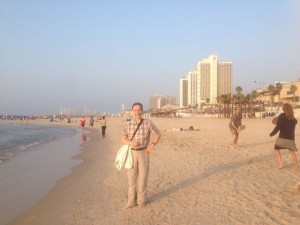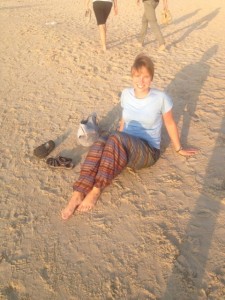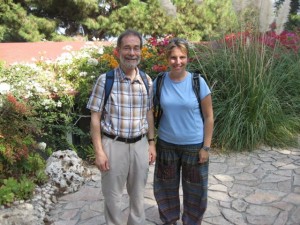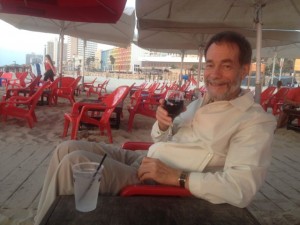On Saturday bright and early I headed off on the next leg of my trip. Fittingly there was a minor snow storm which caused some delays in departure while they plowed the runways and we went through deicing. No impact in the end as that is part of the adventure and I was easily able to make my connection in Panama City.
I’m staying my first few days in Quito to get acclimatized to being here in a new language and culture. As well Quito is at 2800m altitude so it takes some time to get used to it. The city is very long and spreadout. It is very hilly so that makes walking extensively in the first few days very challenging (I’ve found I’ve been short of breath going up hill and having more trouble than usual sleeping – all symptoms of mild altitude sickness). Per my usual style I’m staying in a dorm at a hostel in central Quito which has made it possible to do lots of wandering in the last couple of days.
Yesterday and today I spent most of my time in the historical centre wandering around.
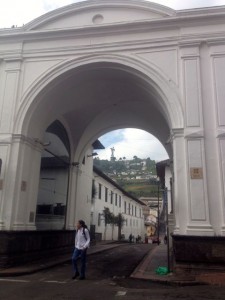
An arch linking a church to a monestery that was a hospital for 400 years before becoming the Museo del Ciudad (Museum of the City)
Since Quito was one of the main centers of the Spanish South American empire there are many many churches and people take their religion seriously here. Yesterday I noted that they said mass almost every hour (it was Sunday) and even this morning there were many people attending mass first thing in the morning.
- The Monestary of San Francisco – the first religions foundation built. The Plaza in front was the market square for the Inca city.
As you can see from the pictures it has been pretty overcast here. It starts out sunny in the morning but gets overcast later in the day. It was poring rain the night I arrived but there hasn’t been any rain during the day since. Temperatures during the day usually are pants and t-shirt or light fleece (depends if I’m huffing up a hill!). It will get warmer and sunnier as I head south to Peru. But for now this is just fine, especially since I forgot my sunglasses at home.
Where I’m staying has a well equipped kitchen and there is a decent small grocery store just around the corner so I have been doing a lot of my own meal preparation so far. I’ll also admit that I’m totally intimidated by going into the restaurants and not being able to read the menus or communicate what I want. I’m already seeing that not speaking Spanish could be an issue when I get out of Quito. That being said I did finally go to a restaurant in my wanderings as I was starving for lunch and didn’t want to have another meal of trail mix!
In packing for this leg of the trip I was determined to bring less stuff. In the fall I ended up sending a lot of stuff home (a lot of it was items purchased) with my various travel companions (thank you!!). Unfortunately, in paring things down I also replaced much of it in volume by bringing a sleeping bag and trekking poles. I’m hoping to do a lot of hiking in preparation for walking the Camino later in the spring. I also added to my technology haul. As a fun gadget I got a Fitbit Force. This is an activity monitor that I wear on my wrist. It acts as my watch and alarm clock, tells me how many steps I’ve taken in a day, how far I’ve walked, and how many floors I’ve climbed. The goal is to motivate you to be more active by giving you feed back on how you do during the day. So far in the past two days I’ve been here this is how I am doing:
Sunday – Steps: 13,336, Distance: 9.24 km, Floors: 52 (did I mention it is really hilly?)
Today – Steps: 16,625, Distance:11.52 km, Floors: 45
My plan for Ecuador and Peru was to have no plan. So far in two days I’ve realized I’m finding this inefficient as many of the things I want to see have been closed when I get there (it would help if I read the guidebook more closely!). So this afternoon I spent some time at a travel agent and I’ve made arrangements to go on a Galapagos Islands cruise (8 days, leaves on Thursday!) and later in the month I’m going out to a lodge in the Amazon jungle. I’ve also started contacting guides in some of the other places I want to visit. This all of course necessitated more detailed planning around these two events. I have to admit that I feel better now having a clearer outline of where I will be and when. I was feeling quite unsettled this morning as I’m finding being on my own again tough and I think it was worse not having a plan to follow. Don’t worry I haven’t gone nuts – it’s not down to the day but it is just clearer.


